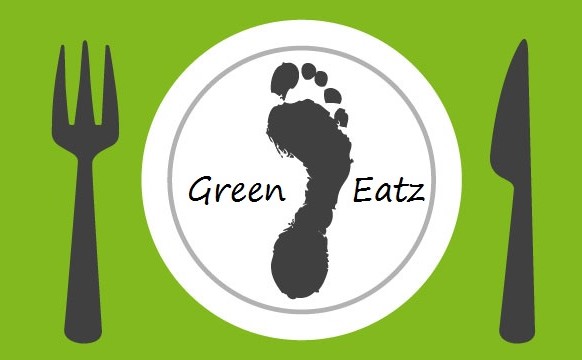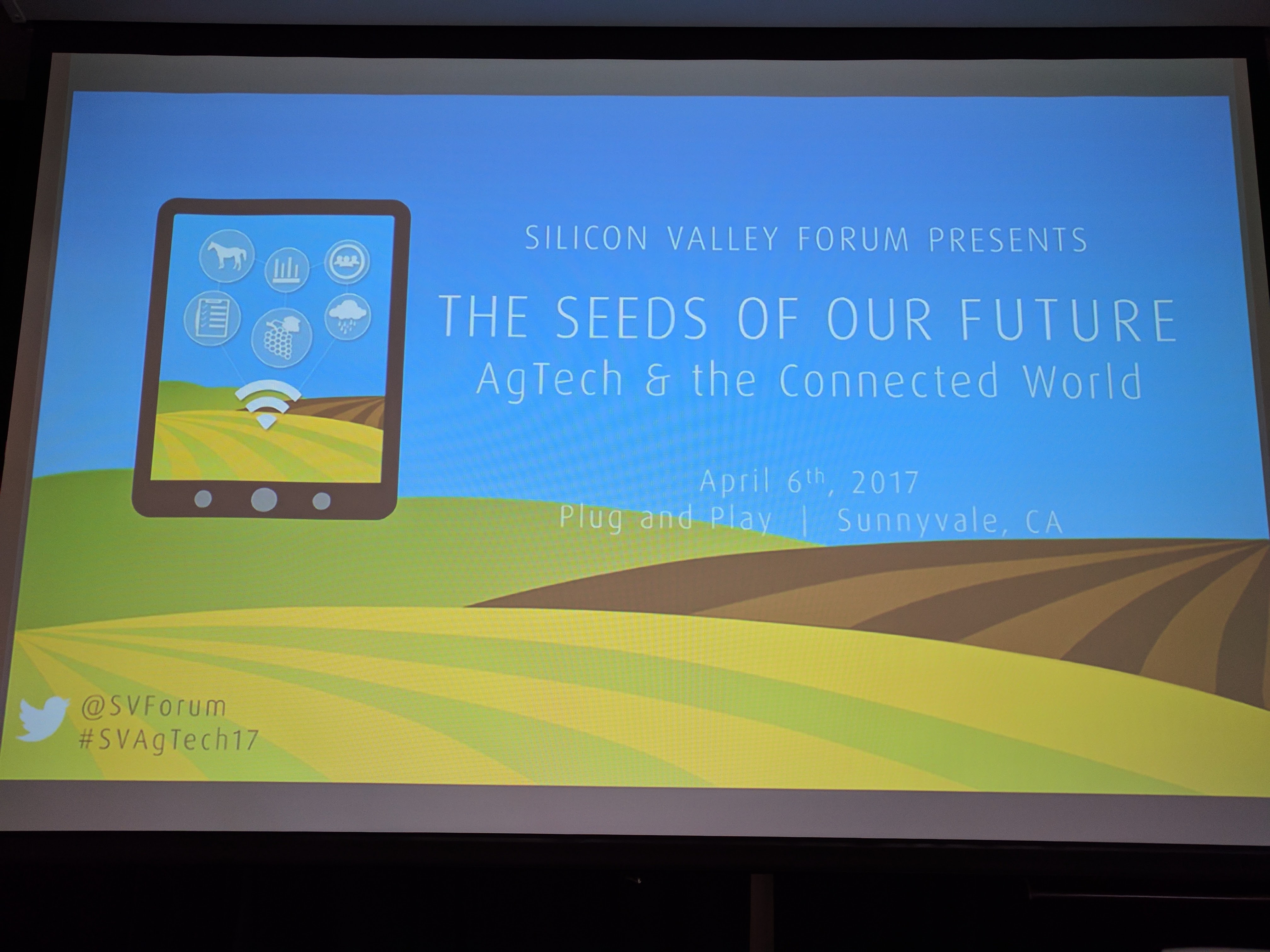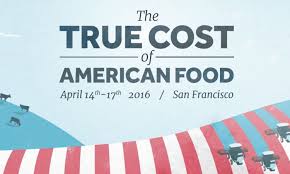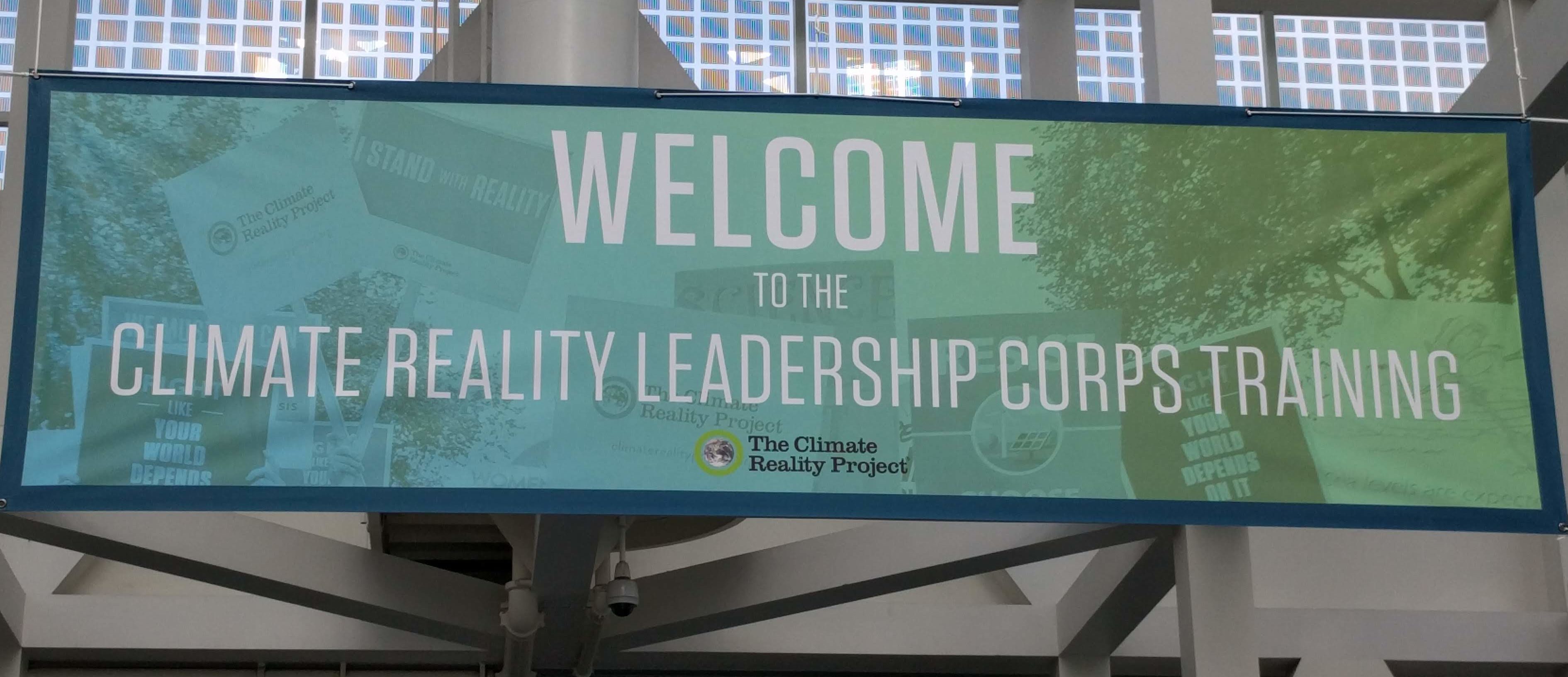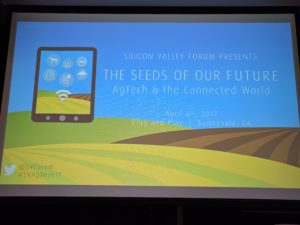 ‘AgTech is not rocket science – as we are dealing with Mother Nature it’s much more complex’ stated Alexei Melnitchouk in his keynote address at The Seeds of our Future: AgTech and the Connected World. This Silicon Valley Forum conference shared the experiences of farmers and AgTech experts from across the world as they considered the future of farming. From the advanced agriculture ecosystem in Denmark to subsistence farming in China, we saw how the need for food security and sustainable production is driving change in the agriculture industry.
‘AgTech is not rocket science – as we are dealing with Mother Nature it’s much more complex’ stated Alexei Melnitchouk in his keynote address at The Seeds of our Future: AgTech and the Connected World. This Silicon Valley Forum conference shared the experiences of farmers and AgTech experts from across the world as they considered the future of farming. From the advanced agriculture ecosystem in Denmark to subsistence farming in China, we saw how the need for food security and sustainable production is driving change in the agriculture industry.
AgTech: Pest Management through Sustainable Agriculture
‘The challenge for farmers is to provide more food in an environmentally-friendly manner’ believes the panel from Israel. Yigal Achmon from UC Davis spoke of the power of data to transform farming; not just through data collection and analysis but also through data sharing. He said that the biggest challenge at present is to change the mind-set of farmers who are typically resistant to technology. He shared an example from Israel where data software predicted a deadly epidemic affecting pear trees, warning farmers to trim the flowering buds. Only 20% of the farmers followed the warning. The following year, the 80% of farmers who ignored the waring suffered serious tree loss.
Dr Maggie Levy researches the use of bio-controls and enhanced plant immunity to control pest infestation. Her team accidentally discovered a yeast-like fungus on strawberries that appeared to prevent pathogen infection and mold growth. The latest results show that this fungus is as effective as commercial pesticides at preventing strawberry spoilage.
Both experts warned that pest control must always be a balance between destroying the pests and preserving the environment. We must ‘put the environment in the equation’ to ensure a sustainable future in agriculture.
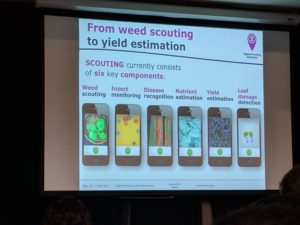
AgTech: Data Collection in the Vineyards
The French panel sees the need ‘to connect the physical world to the digital world’ to improve wine quality rather than increase yield. The use of strategically placed sensors helps to produce better wines from less water and, hence, less energy. The problem is that many data sensors are deployed without a clear understanding of their potential. For example, each John Deere tractor has over 250 sensors that are barely used.
Thibaut Scholasch from Fruition Sciences offers tailor-made programs that identify sensor requirements, relevant data collection and analysis. They identify what makes the vineyard unique and use that in their data analysis. Sigfox provides a wireless network to collect sensor information that is 10 times cheaper than the mainstream networks. Francois Oudot explained that the low data volumes keep their costs low – and that collection is usually only needed once per hour. Again, they both see the challenge is to change the wine-makers mind-set by improving education in AgTech.
AgTech: Embracing AgTech in Denmark
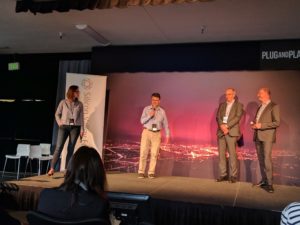 In a small country with a population of just 5.5 million, Denmark produces enough food to feed 15 million people. Not surprisingly, it is a major exporter of food and provides 20% of the pork sold worldwide. It actually has more pigs than people! Despite popular opinion, this is achieved under very strict environmental regulations and with some of the highest labor costs and highest taxes in the world. Energy and water are taxed heavily but this has led to innovation as the industry tries to produce more with fewer resources.
In a small country with a population of just 5.5 million, Denmark produces enough food to feed 15 million people. Not surprisingly, it is a major exporter of food and provides 20% of the pork sold worldwide. It actually has more pigs than people! Despite popular opinion, this is achieved under very strict environmental regulations and with some of the highest labor costs and highest taxes in the world. Energy and water are taxed heavily but this has led to innovation as the industry tries to produce more with fewer resources.
In contrast to other nationalities, Danish farmers embrace new technology and there is a high adoption rate of software. Significantly, most farms are run as co-operatives where higher productivity results in higher returns for the members. In common with other industrialized nations, the larger farms are swallowing up the smaller ones – and low wage immigrants often meet the labor needs.
The Danish people are ‘the happiest people in the world’, according to Lars Ole Hansen from the Ministry of Environment and Food. They certainly lived up to that with smiling faces and a humorous presentation. Surprisingly, the panel thought that they could not learn from Silicon Valley’s AgTech, but they were impressed with the pay-it-forward mentality where innovation is shared rather than closely guarded.
AgTech: Global Perspective
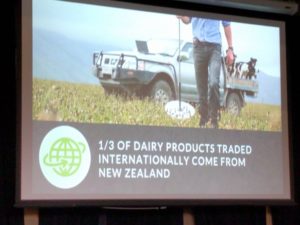 Each country is at a different stage in their adoption of AgTech. Denmark and New Zealand are at the leading edge of AgTech, helped by financial support from their governments. They use AgTech to produce food sustainably both to meet environmental regulations and to promote a ‘pure and green’ reputation. In contrast, China, Brazil and Mexico focus on producing more food to feed their people and boost their exports. AgTech is not a one-size fits all model but needs to adapt to the conditions and requirements of each local market. The biggest barrier is the reluctance of farmers to embrace technology and there is a need to educate and collaborate to improve uptake.
Each country is at a different stage in their adoption of AgTech. Denmark and New Zealand are at the leading edge of AgTech, helped by financial support from their governments. They use AgTech to produce food sustainably both to meet environmental regulations and to promote a ‘pure and green’ reputation. In contrast, China, Brazil and Mexico focus on producing more food to feed their people and boost their exports. AgTech is not a one-size fits all model but needs to adapt to the conditions and requirements of each local market. The biggest barrier is the reluctance of farmers to embrace technology and there is a need to educate and collaborate to improve uptake.
The need to feed 9 billion people in the future was on everyone’s minds. The favored solution was simply to produce more food. However, in my opinion, finding ways to waste less food achieves the same goal. After all, currently 30 – 50% of food is wasted. Sadly, the conference barely touched on the impact of agriculture on climate change. As livestock agriculture alone is responsible for at least 20% of man-made greenhouse gas emissions, it is critical that the agriculture industry follows a path towards sustainability. AgTech has the potential to make agriculture more sustainable – but is now perceived mainly as a tool to increase productivity and improve profits.
The Seeds of our Future: AgTech and the Connected World conference was hosted by the Silicon Valley Forum at the Plug & Play Center in Sunnyvale, California on April 6th 2017. #SVAgTech17
